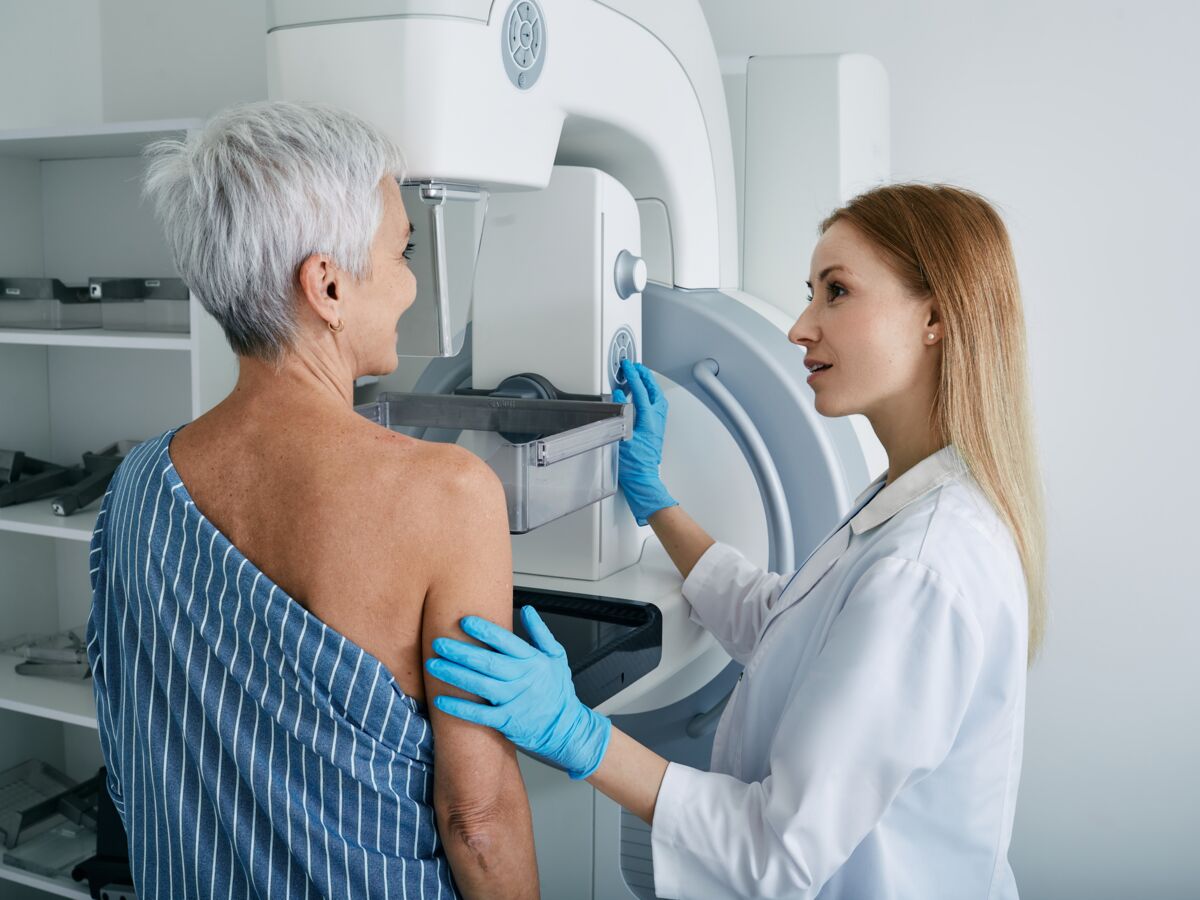At the end of September 2023, a survey carried out by OpinionWay for the League Against Cancer revealed that only 44.9% of women aged 50 to 74 participated in the screening campaign national breast cancer in 2022. And yet 1 in 8 women are at risk of being affected by a breast cancer During his life. Each year in France, more than 50,000 women are diagnosed with breast cancer and nearly 80% of these cancers occur in women after the age of 50. Breast cancer remains the most common in our country, and the leading cause of cancer death among women. The earlier the disease is diagnosed, the greater the chances of recovery and survival of patients increase. Screening is therefore essential.
It is for this reason that the General Directorate of Health (DGS) established in 1994 a national organized breast cancer screening program which was generalized throughout the country at the beginning of 2004. According to the HAS, “It is estimated that in 2015 the annual number of breast cancer deaths avoided in France was 3,059 with a participation rate in organized screening of 51.6%.”
Pink October: what is this breast cancer prevention campaign about?
When we talk about breast cancer, we often also hear about Pink October. This is an annual prevention campaign which has taken place every year in October since 1985. It aims to highlight the risks of breast cancer and to raise awareness and encourage the women concerned to undergo organized screening. Cancer can indeed be cured in 90% of cases thanks to early detection. The association also aims to support research in order to advance the fight against cancer.
Organized breast cancer screening: age, from 50 years old… Who are the women concerned?
Organized breast cancer screening is aimed at all women aged 50 to 74, “without symptoms and having no particular risk factors for breast cancer, other than their age”, specifies Health Insurance.
In the general population, it is recommended to have a screening mammogram every two years starting at age 50. Surveillance can, however, begin earlier, and be more regular, with annual follow-up, particularly in younger women who have a family history of first-degree breast cancer (mother or sister). The gynecologist will judge on a case-by-case basis the need for closer monitoring than that proposed by Health Insurance, for example in women who have a genetic mutation or a history of gynecological cancer with a mutation.
How is organized breast cancer screening carried out?
Organized by Health Insurance, organized breast cancer screening invites women to perform a mammogram and a clinical breast examination every two years with an approved radiologist in order to detect possible abnormalities. Women receive an invitation to carry out these examinations at home, as well as a voucher and a list of approved radiologists.
As part of this screening, there is always a double reading of the images, by two radiologists, then the writing of a report. The woman just needs to present her care voucher as well as her Vitale card, e the exam is 100% covered by Health Insurance. The patient has nothing to advance.
How do I receive an invitation for a mammogram?
You normally do not need to do anything to receive the individual screening invitation: it is sent automatically to all women between 50 and 74 years old, every two years. However, if you have not received this invitation, you can contact the Regional Cancer Screening Coordination Center (CRCDC) in your department of residence which is responsible for sending screening letters.
Mammography: every how much and up to what age?
If the clinical examination and mammogram do not reveal any abnormalities, the woman will receive a new invitation to undergo screening two years later. If the mammogram shows a problem, the doctor may order other tests, such as an ultrasound or a biopsy.
Breast cancer: what are the symptoms that should alert you?
We can never say it enough, but here are the breast cancer symptoms which must alert:
- A non-painful lump in a breast, fixed or mobile and with irregular contours
- Hard lymph nodes under the arm, in the armpit
- Discharge from one of the two nipples
- A change in a nipple or in the appearance of the skin of a breast: orange peel, irritation, redness, etc.
- A change in the size or shape of the breast.
Sources:
Read also :
⋙ Breast cancer: these promising advances for patients, deciphered by experts
⋙ Breast cancer: is self-examination useful and how to do it?
⋙ Breast cancer: answers to the questions we ask ourselves ⋙ Detect breast cancer by self-palpation
